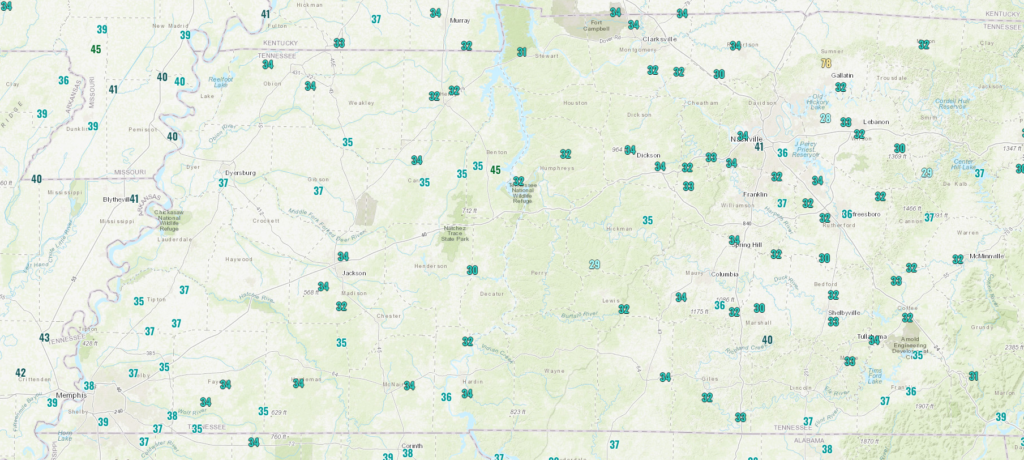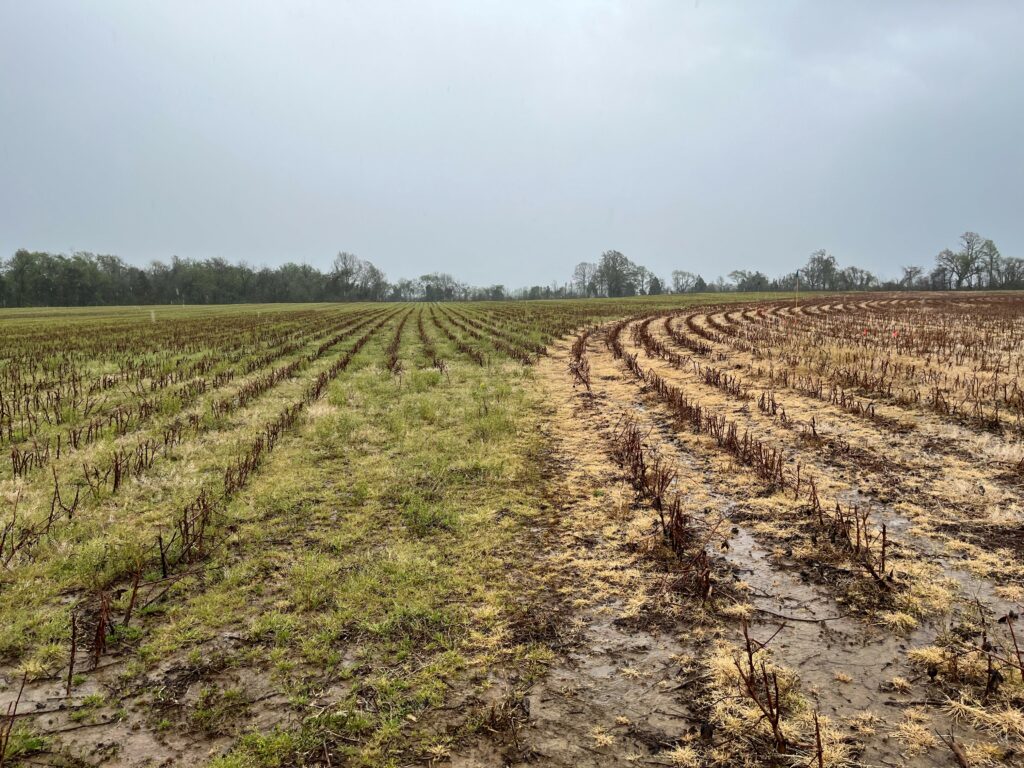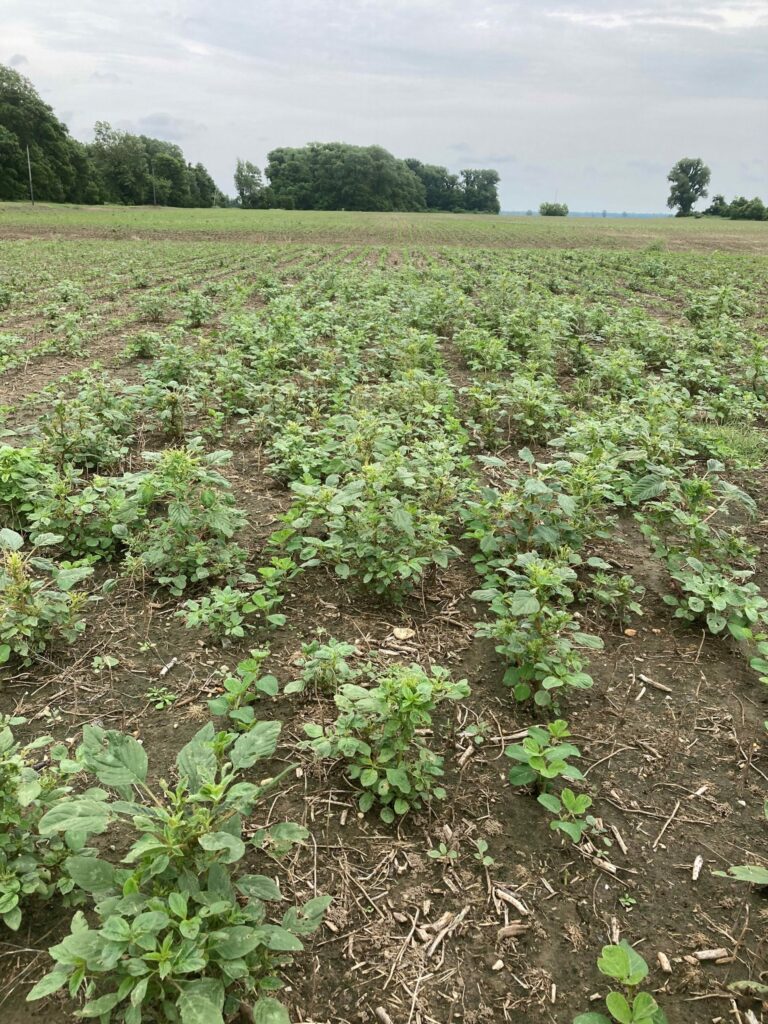 Yet another cold snap moved through the area this past weekend and several had questions concerning the possibility of this event to damage our wheat crop. I’ve pasted a copy of the NOAA observed low temperatures throughout most of Tennessee’s wheat producing areas, and as you can see from the image temperatures fell very close to dangerous levels. Additionally, frost was reported in several areas. Continue reading
Yet another cold snap moved through the area this past weekend and several had questions concerning the possibility of this event to damage our wheat crop. I’ve pasted a copy of the NOAA observed low temperatures throughout most of Tennessee’s wheat producing areas, and as you can see from the image temperatures fell very close to dangerous levels. Additionally, frost was reported in several areas. Continue reading
Recent Updates
Ryegrass Management in Corn
There were a number of reports of ryegrass escaping burndown in fields that either will soon be planted to corn or just had been planted to corn. Thankfully this issue seems less of a problem than a year ago. In most cases the ryegrass escaped glyphosate + dicamba early burndown. Paraquat application has the best probability of controlling ryegrass that has escaped early burndown. Continue reading
Little to no wheat diseases in Tennessee 2023
So far only some bacterial streak and Septoria/Stagonospora have been reported in Tennessee wheat. Continue reading
Tennessee Market Highlights- 04/14/2023
Corn and wheat were up; soybean was mixed; and cotton was down for the week.
On Friday, April 14, the old crop–new crop corn futures spread expanded to $1.06 ¼ per bushel the largest spread between the May and December futures contracts since May 16, 2022. The price spread is amplified in cash markets in Tennessee, due to strong old crop basis compared to current new crop basis offerings. There remains a large amount of uncertainty in price direction for new crop corn. However, based on current market information there continues to be a bearish undertone in new crop prices. Managing price risk through purchase of out-of-the money put option contracts, for the new crop, is worth considering at this juncture. This strategy can be used to mitigate a portion of the futures price risk and buy time until more information is known about the 2023 crop. If new crop prices rise, the option position can be exited and a portion of the premium recovered. Continue reading at Tennessee Market Highlights.
Application Time of Day Affects Gramoxone Performance on Some Weeds
With the planting season started, many people are thinking about using Gramoxone (paraquat) as a burndown for many weeds present at planting. Gramoxone is a very good broad-spectrum herbicide that has been the go to for burndown of many winter and summer annual broadleaf weeds. With Palmer amaranth starting to emerge, Gramoxone is the only sure thing that will control it. However, it is less consistent controlling some weeds like horseweed (marestail). Continue reading
Early Burndown Results

We have had the opportunity to observe field and demo burndowns around West Tennessee. In general, going back “old school” and applying glyphosate alone provided very effective burndown. This includes applications made back in mid-March when night time temperatures were below freezing (Picture 1). Continue reading
Early Planting and Growing Degree Days
As warmer temperatures creep into the forecast each spring, farmers and researchers alike begin to consider just how soon to pull the trigger and put seed into the ground. While these early planting dates may fall slightly outside of what is considered nominal for corn and soybean, certain situations may still provide growers a window of opportunity for early planting. Continue reading
Importance of Using Effective Residual Herbicides in Soybean and Cotton

Increase in input costs and lower relative commodity prices compared to last year may tempt some to forgo using a PRE this spring. Since glyphosate and dicamba have actually gone down in price, it may be tempting to try this combination near planting, then hope that dicamba will provide enough residual weed control to hold until those herbicides can be applied again early POST. Continue reading

